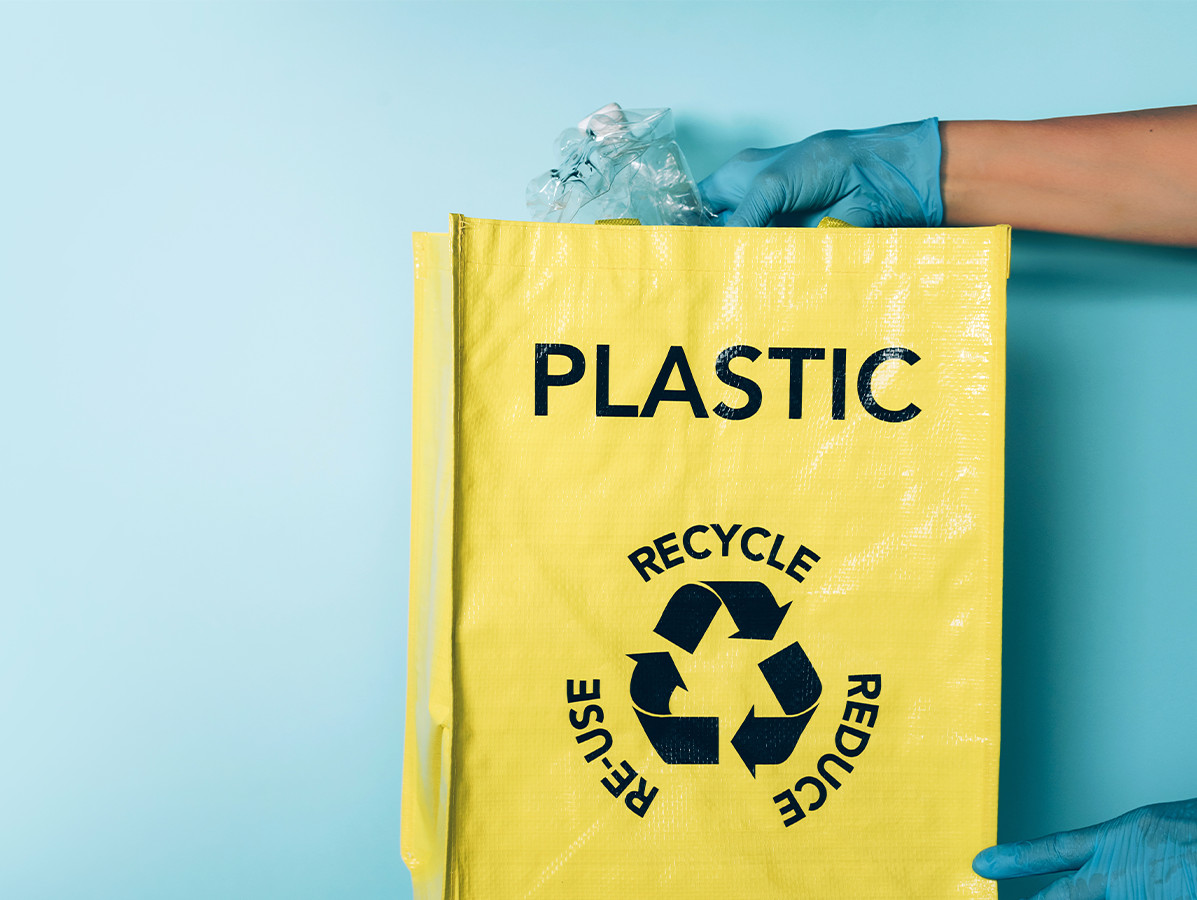
Scientists have determined the theoretical limit in circularity for plastic packaging. Researchers from Wageningen University & Research, Ghent University and the University of Twente have collaborated on this. They arrived at an overall recycling percentage of 72%. The average polymer purity of the recycled plastics is 97%.
A detailed system description of 2017 was taken as a countdown. The Dutch 2017 recycling value chain for plastic packaging was relatively advanced from a global perspective. The recycling percentage was approximately 37% in 2017, according to the calculation rules of the new, strict European implementation decree. Moreover, the average polymer purity of the recycled plastics was only 93%.
To get past this status quo, all improvement options were modelled in a complex material flow analysis model. First of all, all packaging types were systematically re-designed for recycling, optimizing all packaging components. Second, collection and post-separation efficiencies were increased to the maximum levels achieved. Thirdly, the transfer coefficients of the best available mechanical recycling processes were selected and the analysis was re-performed. This resulted in an overall recycling rate of 72%. The average polymer purity of the recycled plastics was 97%.
In such an ideal circular value chain, more recycled plastics are produced that are suitable for food packaging, for example. This requires all stakeholders to implement drastic and coordinated measures, which represent unprecedented investments. In addition, this optimized recycling chain is still largely based on the use of crude oil as raw material and the application of many recyclates in non-food contact applications.
The model shows that autonomous and uncoordinated improvement options taken by some stakeholders yield only limited improvement in circularity. Thus, only a combination of the right improvement options results in synergy to improve circularity.
A coordinated effort by all stakeholders, which will involve unprecedented investment, is needed to increase the recycling rate for plastic packaging to 72%. But this will still largely be an open-loop recycling system relying on crude oil as raw material and an outflow of recycled plastic for non-food contact applications.
Source: Wageningen University & Research